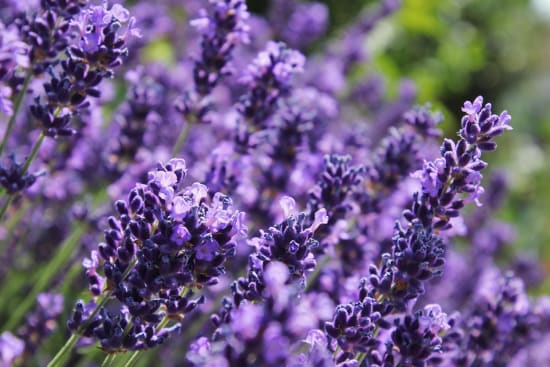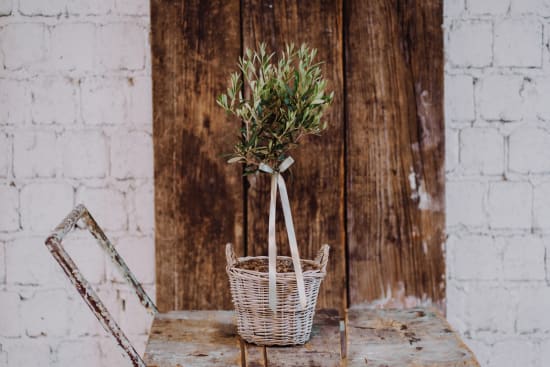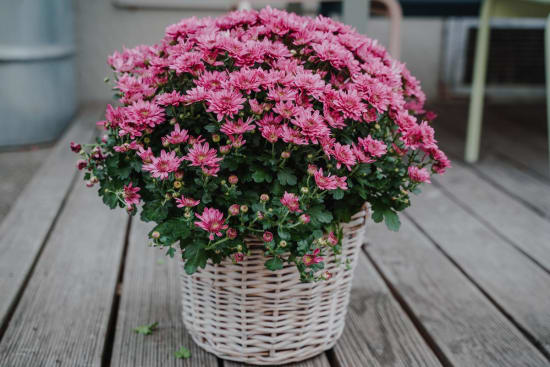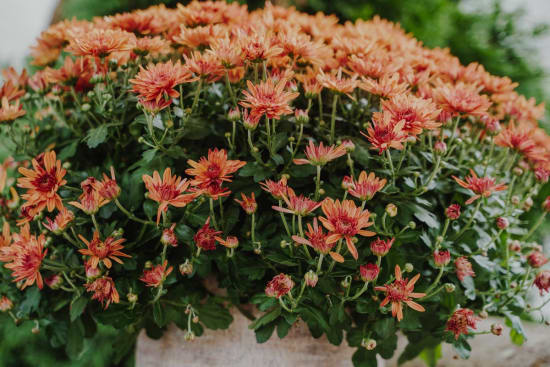- Actually, almost any location is right for a hydrangea. However, since it needs a lot of water, a wind-protected spot in partial shade is best. Also ideal is a fresh, well-drained and nutritious soil that is slightly acidic to neutral.
Care tips plants for balcony & terrace
Here you will find care tips for some particularly attractive plants, which we change or add to from time to time depending on trends and supply.

Hydrangeas
Hydrangeas are retro and therefore
are trendy since years. Here are some simple care tips:

- Speaking of watering, provide sufficient moisture, especially in dry and warm weather, but at the same time make sure that there is no waterlogging. If the heat is persistent, hydrangeas should be watered in the morning and evening, because they evaporate a lot of water through their many large leaves.
- In principle, hydrangeas are hardy. But to be on the safe side, you can protect them from frost with some brushwood. For potted plants, the container should have a diameter of at least 30-40 cm. Hydrangeas in smaller containers should be wintered in a frost-free, but cold place at about 3-5 degrees C.

Lavender
With lavender you get touch of Provence and vacation mood on the balcony or terrace. Our tips:
- Give it a sunny, sheltered place and permeable soil for good drainage.
- If necessary, mix coarse sand or gravel into the soil as a drainage material already when potting.

- In the pot, the lavender needs regular watering. However, since lavender does not like waterlogging, water it rather sparingly. Use lukewarm, stagnant water. Excess water in the saucer must be emptied out immediately.
- The lavender does not need fertilizer. On the contrary. Too many nutrients have a negative effect on flower formation and fragrance.

Olive tree
Olive trees spread Mediterranean flair and are therefore also popular on balconies and terraces. Here are the most important care tips:
- First of all, olive trees are not indoor pot plants, but are intended for the terrace or balcony until the first prolonged frosts are expected.
- As a typical southerner, the olive tree likes a bright and sunny, but at the same time protected location.
- To ensure that all branches get enough sun, you should turn the pot regularly.

- Olive trees do not need very much water. Do water them, but it's a good idea to let them dry out from time to time. Above all, avoid waterlogging.
- Olive trees need to be fed regularly from spring until the end of July.
- They are not frost hardy and should therefore be brought indoors in winter and kept in a cool but light position at a minimum of 2 and a maximum of 8 degrees Celsius. Cover the pot with bubble wrap.

- Olive trees should only return outdoors when there are no longer expected prolonged periods of frost.

Chrysanthemums
In autumn, chrysanthemums provide a lot of color. In pots, they require more care. Our tips:
- The best position for tubs, boxes and pots is somewhere light and sheltered. For the buds to open, chrysanthemums generally need three to four hours of sunshine a day. They don't like the full mid-day sun.
- Chrysanthemums need a lot of water. In autumn, simply water thoroughly once or twice a week.

- Leave the soil to dry between watering, but don't let it dry out completely. If plants are waterlogged, it can lead to root rot; if the root ball is too dry, the buds may drop off.
- Especially in smaller pots, the soil can dry out pretty quickly on warm days, even in autumn. A water bath may then be advisable to enable the chrysanthemum's large number of blooms to recover. Drain the pot well afterwards.
- Beware of early frosts, because the flowers, which often bloom as late as November, are very sensitive. So, if there is a risk of frost, it is better to bring the plants indoors overnight.

- Chrysanthemums can only be grown year-round in balcony boxes, tubs and pots in mild regions with mild winters. However, if you want to try it, choose good, frost-hardy varieties. The pots need to be placed in a sheltered spot for the winter, e.g. beside a house wall. In addition, temperatures should not fall below -15 degrees Celsius. It is better to put the pots, boxes or tubs in a frost-free place for the winter, at temperatures around 5 degrees Celsius.
Other important tips
Care tips for flowers, bouquets and arrangements
Here you will find the most important rules: «golden ones», which are best learned by heart, but then also special tips for cut flowers, bouquets and flower arrangements.
General tips for indoor plants
Whether at home or in the office, indoor plants have been popular for years. Here you will find answers to questions about how to choose, water and fertilize them - even plants for men.
Care tips for special cut flowers
Some popular cut flowers are delicate. It is better to know how to deal with them. Here are the main tips.
Care tips plants for balcony & terrace
Here you will find care tips for some particularly attractive plants, which we change or add to from time to time depending on trends and supply.
Care tips for orchid plants
Orchids are exclusive and exotic. As easy to care for plants, they are a noble gift and last for many months with a little know-how.
Care tips for Advent wreaths & candles
What can be done to keep an Advent wreath beautiful throughout December? And how do you buy and treat candles? Here are our answers.
Care tips for Christmas flowers
When it comes to Christmas spirit, poinsettias, amaryllis and Christmas roses can't be missing in bouquets and arrangements. Here are our tips.
Care tips for Christmas plants
Fancy a pretty little Christmas tree in a pot, poinsettias, amaryllis and Christmas roses? Here you will find the appropriate care tips.




